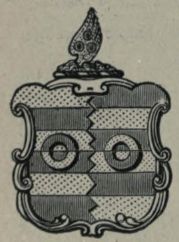
Basil Edward Peto
This image is from a postcard sent to supporters during Basil's 1910 election campaign
This image is from a postcard sent to supporters during Basil's 1910 election campaign

Arms of Basil Edward Peto
from Debrett's House of Commons p130
(1918)
